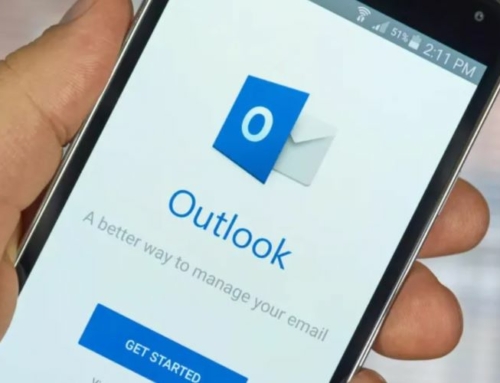Here are some tips to Save on IT Costs during a recession:
Individuals become more frugal as the economy dips. Businesses who learn how to reduce their operating expenses are far more likely to survive economic downturns and recessions than those who continue to operate “business as usual”. For many business owners, information technology costs are expensive; here are some tips to save on IT costs during a recession:
Switch to VOIP Phone Lines: Are you still paying high phone bills to make sales calls, handle customer service, or hold teleconferences? This is an expense that almost all businesses can save simply by switching to VOIP lines instead of your landline or cellphone service. From Vonage to Packet8 to Skype, there are numerous options that help you eliminate expensive long distance charges. Most businesses report a savings of around 60% when switching to telephone lines that operate through their internet connection.
Consider Switching to a Less Expensive ISP: Depending on your business needs, you may not require all of the features your current Internet Service Provider is offering. Why pay for something you don’t need? Check other ISP’s to see if you could be saving money.
Consider Dropping Your Merchant Account: Most businesses require a merchant account in order to accept credit cards as payments from their customers. With the increasing merchant account expenses, though, this is often a costly expense. You could still accept credit cards if you switch to an online payment processor, like Paypal, and avoid paying statement fees and monthly fees that are typical of regular merchant accounts. Online payment processors charge a higher fee per transaction than a standard merchant account, but depending on the volume of credit card transactions you may pay less overall than you do with your current merchant account. Run some numbers to see if the savings are significant enough to warrant a switch.
Use a Laptop: If reasonable, use a laptop instead of a full PC. A laptop consumes 90% less energy than the desktop version, and for many businesses, a laptop can do the job as well as a desktop.
Share Stuff: Do you have a computer and printer at every workstation in your office? Sell the individual printers and get a single printer that operates on the network. All computers in the office can print from the same printer and eliminate maintenance requirements on each individual printer, as well as reduce the energy required to power the printers. Think of other computer components that could be networked instead of used individually to further cut costs and set up a more efficient office.
Use Freelancers: When you discover you have a need for someone to complete a project that falls outside the scope of your current employees – instead of hiring another full time or part time employee, consider using a freelancer. Freelancers don’t require office space, do not receive the employee benefits you provide to your current staff, and can be hired on a per-project basis instead of placed on salary.
Downsize Your IT Department or Re-evaluate Your Current Outsourced IT Service: Consider using a flat rate IT support service rather than maintaining a full IT department on payroll, or maintaining a reactive outsourced IT service whose monthly costs are unpredictable. Flat rate IT service providers allow you to budget for and reduce your monthly and overall costs, increase your profits and act as your virtual IT department so you can focus on running your business and not the technology that supports it.






